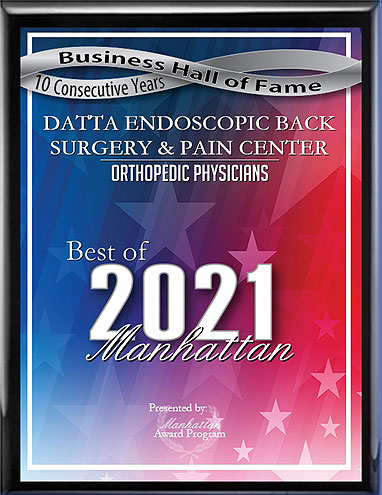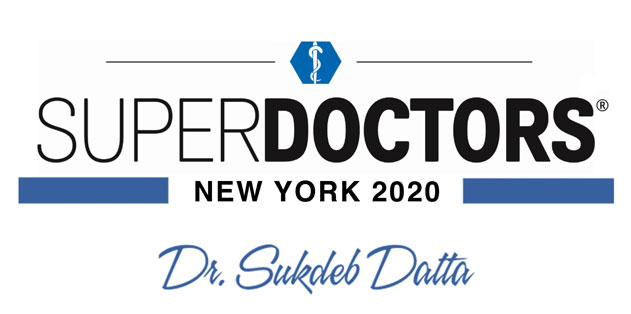Reasons for Lumbar Spinal Surgery
Lower back pain is the most common form of back pain, and one of the most common reasons for visits to the doctor. Most cases of lower back pain occur as a result of damage to the muscles or ligaments of the back; this is usually temporary, and can be treated without surgery. On the other hand, some back pain results from damage to the structures of the spine, including the discs and vertebrae. Common spine conditions include:
- Herniated disc
- Bulging disc
- Spinal arthritis
- Stenosis
- Bone spurs
- Vertebral fracture
What all of the above-listed conditions have in common is that they can result in pinched nerves. When misplaced or excess tissue presses against the spinal cord or nerve roots, the result can be pain or other symptoms, both in the back and in the areas of the body where those nerves lead. In some cases, these nerves can be decompressed using non-surgical techniques; in other cases, surgery is necessary.
Spine surgery is generally only considered after conservative treatments have failed. While it is highly effective, and while modern techniques can be minimally invasive, no surgery is without risks. For most patients, spine surgery is therefore a last resort. Patients with neurological symptoms (muscle weakness or numbness) and/or severe pain are generally stronger candidates than patients with more mild symptoms.
Recovery Time
As with any procedure, the recovery time after lumbar spinal surgery depends on a variety of factors. These include:
- Prior health
- After-surgery care
- How invasive the procedure is
- How extensive the treatment is
In addition, how soon a patient can return to work will depend on occupation; while people with desk jobs can return to work as soon as they are able to comfortably do so, patients with physically strenuous occupations must wait until they have made a full recovery.
Most routine spine conditions can be treated with laser lumbar spinal surgery, a minimally invasive form of surgery which uses endoscopic techniques, lasers, and other cutting-edge technology. These techniques make it possible for many procedures to be performed in an outpatient setting, and the recovery time is significantly less than that associated with open back surgery. Generally, patients can expect to return to work in a week after laser spine surgery, and a full recovery is achieved in 4-6 weeks. Patients generally experience very little pain during the recovery period, and are able to walk around and start physical therapy soon after surgery.
In contrast, open back surgery is a much more invasive procedure, and is more likely to involve major procedures such as spinal fusion. The recovery time after traditional back surgery is accordingly much longer. Most patients can return to work in about a month, and it can take as long as several months to make a full recovery.
Some rare and serious spine conditions, including spinal tumors, can only be treated with open back surgery. However, many conditions can be treated using minimally invasive procedures, making surgery an option for patients who would otherwise not be able to afford the extended recovery time. Some patients who have been told that they are not candidates for traditional lumbar spinal surgery may still be eligible to undergo laser spine surgery.
Only a doctor can tell you whether surgery is the right treatment for your back pain. To schedule a consultation today, please call the Datta Endoscopic Back Surgery and Pain Center at 212-430-0312.






 EDISCSCULPT
EDISCSCULPT



